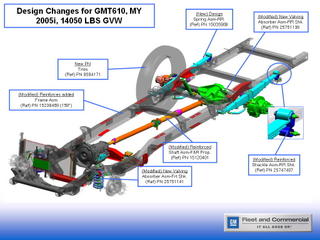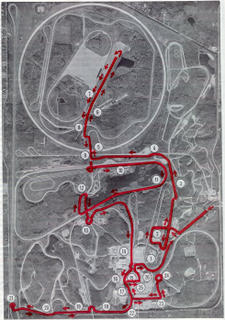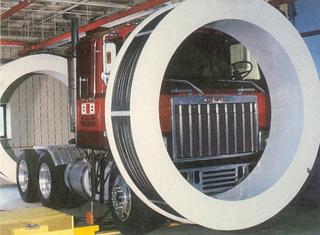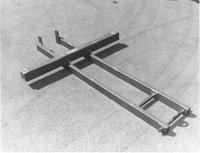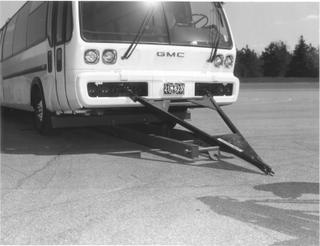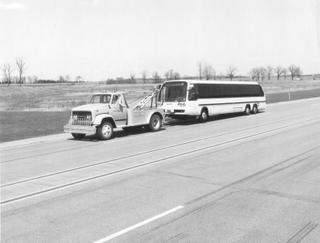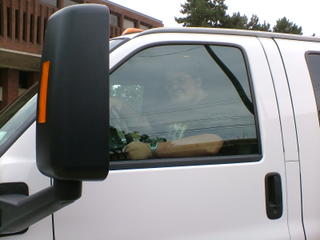The GM - Isuzu Cabovers; Pt.1

It never fails to stand that the quickest, most affordable way to add new product is to simply badge-engineer. And while GM has resorted to such many times throughout its history, it's rebadged Isuzu tiltcabs of the 1980s helped fill an important gap in the GM Truck lineup.
With the ink just dry on the international agreement, GM began implementing it's 'strategic alliance' with Isuzu in 1971. Unlike the recent fiasco regarding Fiat S.p.A., this purchase led to vehicles being developed and placed into production.

The first fruit of this vehicular marriage arrived on U.S. shores in 1972 as the Chevy LUV, but other rebadged variants of the Isuzu KB Wasp/Rodeo pickup were sold under the Bedford nameplate as well. Global regions would again be covered with the T-Car, arguably the first true 'world car platform'.

But perhaps the most important and influential product of the Isuzu GM alliance came by way of something larger: commercial trucks. GM was looking to replace it's aging medium-duty 72" BBC steel tilt, and minimalize design costs. Isuzu had just the solution: it's range of cabover trucks; Classes 4-8.

Isuzu was looking to broaden it's production horizons, and GM offered them an outlet for that. Earlier in the 1970s, Isuzu trucks were sold in Australia under the Bedford nameplate, and their presence in South America and Africa soon became substantial.

It was then agreed that Isuzu's medium duty cabover trucks would enter the North American market in 1984. GM would market the Class 7 JCR truck as a Tiltmaster and Forward for its Chevrolet and GMC marques, respectively.


And as for the Class 4 and 8 trucks? While the 8 would never cross the ocean, Isuzu was allowed to sell the Class 4 KS22 cabover in the United States under it's own name.

The initial offerings were very limited. Unlike the range of models and GVWRs offered on the outgoing Steel Tilt, the new Isuzu was restricted to a W7 / Series 70 model, and only offered a 27,500 and 29,700 lb GVWR.

Powertrain was similarly restricted. A tilt of the cab revealed Isuzu’s GBD1-T 353 cu.in turbocharged inline six-cylinder diesel, which yielded 165 hp and produced 335 lb/ft torque at 1900 rpm. This was routed through one of two variants of a 5 speed transmission; one featring a short fourth gear ratio, and then to a single speed rear axle, or a 2-speed Eaton rear end on the 29,700 GVWR model.

What the new Forwards and Tiltmasters lacked in configurations, they made up in refinement. Comparing these new imports to the prior Steel Tilt was comparing night to day. Where the Steel Tilt had small vinyl seating, the new Isuzu sat three, and even had cloth weave available. Gone were the bare steel interior panels from olden days; the Isuzu featured plastic trim panels on doors and kick panels, and even sported vinyl headliners and floor trim.

Drivers were treated to not only standard power steering, but a tilt/telescoping steering column, and a full dashboard – not some shrinky-dink instrument cluster on a steel berm.

The trucks were also a godsend to those who were responsible for their maintenance. Resevoirs, including those for brake fluid, windshield wiper solvent, and others, were accessible through doors in the dashboard. The oil level could be checked without tilting the cab, via a removable panel on the floorboards. And, should the cab need to be tilted, a remote-start provision was mounted on the chassis for quick testing.

So how did it all work? Reasonably well. GM anticipated selling only a 1000 units in its first year. But with a total of 1300 GMC Forwards and 300 Chevrolet Tiltmasters in 1984, it worked better than expected. So popular were these trucks that total sales for GMC medium trucks rose 53%.
But this was only the beginning. And much change would come in 1986.






